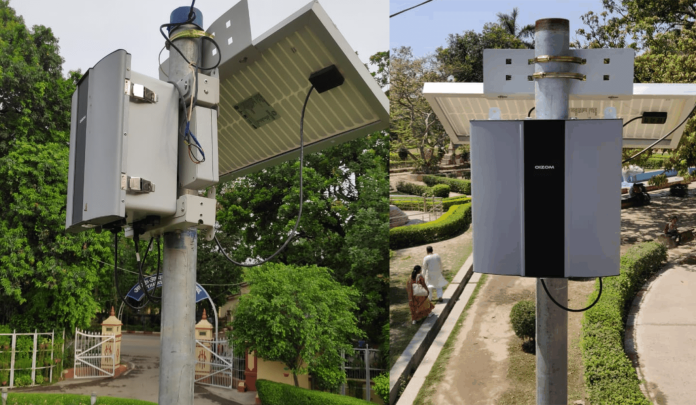Air monitoring is the process of detecting and measuring the concentration of pollutants in the atmosphere. Pollution can come from a variety of sources, such as factories, cars, and urban areas. By understanding the levels of pollutants in the air, we can make informed decisions about how to protect public health.
Air monitoring and what are its uses
Air monitoring is the practice of collecting air data from a selected area in order to identify various environmental and health hazards. Air monitoring can be used to detect industrial pollutants, chemical spills, hazardous materials leaks, and airborne diseases. Additionally, air monitoring can provide information on weather patterns and climate change.
There are many uses for air monitoring data. For example, air monitoring data can be used to monitor greenhouse gas emissions, track particle pollution levels, and understand atmospheric conditions such as humidity and temperature. In some cases, air monitoring data can also be used to assess public health risks.
How does air monitoring work?
Air monitoring is the process of measuring air quality. This can be done in a number of ways, including using sensors to measure levels of pollutants in the atmosphere, or by taking measurements of temperature, humidity, and wind speed.
Air quality monitoring stations have a number of uses, including assessing the health effects of air pollution, investigating claims of environmental damage, and informing policy decisions about air quality. It can also be used to monitor climate change impacts on air quality.
Benefits of air monitoring
Air monitoring is a process of measuring the quality of air. It is used to detect and monitor pollutants in the air, including poisonous gases and particles. Air monitoring can be used for many purposes, including environmental assessment, epidemiological studies, industrial safety, and public health.
Air monitoring can be used to measure the levels of harmful pollutants such as ozone, sulfur dioxide, carbon monoxide, lead, and nitrogen dioxide. These pollutants can cause serious health problems if they are breathed in or in contact with the skin. By tracking these levels over time, air monitoring can help policymakers make decisions about how to protect people’s health.
Air monitoring can also be used to study the effects of climate change on the environment. By tracking changes in air pollution over time, researchers can understand how climate change is affecting human health and the environment.
What are the benefits of air monitoring?
Air monitoring is a process that can be used to Detect harmful pollutants in the air. It is a useful tool for both environmental protection and industrial safety. The benefits of air monitoring include:
- Detection of hazardous pollutants. Air monitoring can help identify harmful pollutants in the air, which can help protect human health and the environment.
- Industrial safety. Air monitoring can help identify potential hazards in factories and other industrial facilities, which can lead to improved safety measures and reduced risks of injury or damage.
- Environmental protection. Air monitoring can help identify areas where pollution levels are high, which can lead to improved environmental conditions and reduced emissions of harmful pollutants.
What are the uses of air monitoring?
The process of air monitoring involves gathering data on air quality at various sites to evaluate environmental and public health risks. Ambient air quality monitoring station, interior air quality monitoring, and mobile air quality monitoring are a few of the several types of air monitoring. Pollutants in the air are measured locally using ambient air quality monitoring. Offices and other enclosed places frequently employ indoor air quality monitors to check levels of contaminants such as volatile organic compounds (VOCs), ozone, carbon monoxide, and lead. Vehicles can be equipped with mobile air quality monitors to gather information on ozone, nitrogen dioxide, sulfur dioxide, and airborne particulates. The weather factors that affect air quality can be monitored with these sensors as well.




